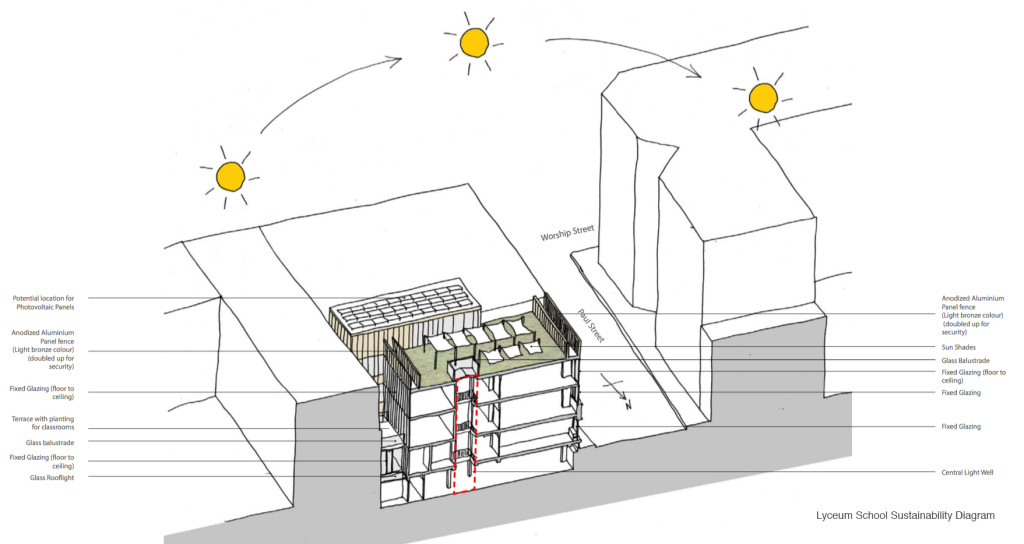Buildings account for about half of the UK’s carbon dioxide (CO2) emissions. Globally, architecture was responsible for 40-50% of waste deposits in landfills at the turn of the new millennium, and 20-30% of greenhouse gas emissions.
The environmental integrity of a building (i.e. how it is designed and operated) is now a key consideration in the design of new buildings and the renovation of existing ones. More and more architects and designers are realising that good design improves quality of life and minimises harmful impacts on our health. Clients are also seeing the benefits of more environmentally responsible buildings through future-proofing, reduced operating costs, and comfort and health benefits. As a result, we are seeing more ‘sustainable architecture’ projects, which seek to minimise the negative environmental impact of buildings by efficiency and moderation in the use of materials, energy and development space.
So, what are the three main characteristics of a sustainable architecture project?
Environmentally-friendly building materials
A sustainable architect typically chooses to use environmentally-friendly building materials. The most desirable materials are those that are recycled or renewable, as well as those that require the least energy to manufacture. There is often a focus on using locally-obtained woods and stone, reducing the distance that materials travel before being used in the construction process and supporting local trades. There is a preference for wood that is harvested responsibly from certified forests and all other materials are non-synthetic and non-toxic. Recycling is at the heart of a sustainable architect’s design. Although recycled building materials were difficult to source in the early 1990s, there is now an active trade in recycled architectural salvage, particularly by specialist companies providing materials from demolition sites.
Energy and resource efficiency
Sustainable architecture is underpinned by a philosophy that advocates sustainable energy sources. Where feasible, steps are taken to design for energy efficiency, including the use of renewable energy sources such as wind, geothermal and solar. A sustainable architect recognises that the energy efficiency of buildings can be increased in a variety of ways. A building can be oriented to take full advantage of seasonal changes in the sun’s position, and energy-efficient lighting and appliances can be installed. Energy conservation is also key: buildings can be ‘weatherised’ for maximum protection against the loss of warm or cool air, and appropriate insulating materials and window glazing can be installed to reduce heat loss in ways that do not cause indoor humidity.
Efficient use of space
The sustainable architect recognises the importance of indoor environmental quality for affecting how an individual feels in a space and focuses on features such as a healthy indoor environment with adequate ventilation, temperature control, and the use of materials that do not emit toxic gases. The incorporation of earth shelters, roof gardens, and extensive planting throughout and around buildings is also encouraged. In the UK, a study by CABE (Commission for Architecture and the Built Environment, now Design Council Cabe) of five new academic buildings and campuses found that more than 70% of staff and students believed that the facilities and functions of the buildings they work in improved the way they felt and behaved.
Buildings built to the Passivhaus standard are a great example of these sustainable architecture and design principles in practice. We’ll be writing more about Passivhaus in our next post.

